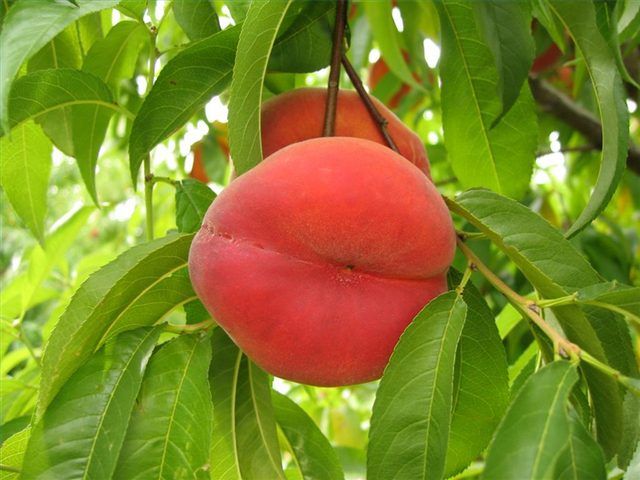Bulbs
Flower Basics
Flower Beds & Specialty Gardens
Flower Garden
Garden Furniture
Garden Gnomes
Garden Seeds
Garden Sheds
Garden Statues
Garden Tools & Supplies
Gardening Basics
Green & Organic
Groundcovers & Vines
Growing Annuals
Growing Basil
Growing Beans
Growing Berries
Growing Blueberries
Growing Cactus
Growing Corn
Growing Cotton
Growing Edibles
Growing Flowers
Growing Garlic
Growing Grapes
Growing Grass
Growing Herbs
Growing Jasmine
Growing Mint
Growing Mushrooms
Orchids
Growing Peanuts
Growing Perennials
Growing Plants
Growing Rosemary
Growing Roses
Growing Strawberries
Growing Sunflowers
Growing Thyme
Growing Tomatoes
Growing Tulips
Growing Vegetables
Herb Basics
Herb Garden
Indoor Growing
Landscaping Basics
Landscaping Patios
Landscaping Plants
Landscaping Shrubs
Landscaping Trees
Landscaping Walks & Pathways
Lawn Basics
Lawn Maintenance
Lawn Mowers
Lawn Ornaments
Lawn Planting
Lawn Tools
Outdoor Growing
Overall Landscape Planning
Pests, Weeds & Problems
Plant Basics
Rock Garden
Rose Garden
Shrubs
Soil
Specialty Gardens
Trees
Vegetable Garden
Yard Maintenance
How to Grow Peach Trees in Utah
How to Grow Peach Trees in Utah. If you live in Utah, you know that peaches are grown here successfully. Utah peaches are famous around the country. Planting your own trees will give you beautiful trees to look at year-round, and wonderful, fresh peaches that you can eat right off the tree.

If you live in Utah, you know that peaches are grown here successfully. Utah peaches are famous around the country. Planting your own trees will give you beautiful trees to look at year-round, and wonderful, fresh peaches that you can eat right off the tree.
Things You'll Need
Shovel
Top soil
Bare root peach trees
Pruners
Planting
Ask the local nursery which life zone you live in. Chances are, all the peach tree stock they have is suitable for your life zone. The "Western Garden Book" lists more than 60 varieties of peach trees, many of which are suitable for growing in Utah (see Resources below).
Find out if the variety you are growing needs cross pollination. If they do, you will need two trees planted close together.
Find a site in your yard where the tree(s) will get full sunshine. They need all the sun they can get.
Dig your hole 1.5 times wider and deeper than the root. Add top soil or mulch to the native soil, and replace dirt around the peach tree's roots. Make sure that you don't plant your peach tree too deeply. The bud union should be 1 inch above the soil. The bud union is where the peach tree's root system meets the actual trunk of the tree. Do not use chemical fertilizers during the first few months, because they will burn the tender roots. Leave a well around the tree so that when you water the tree, the water will sink down around the roots instead of running all over the yard.
Taking Care of Your Peach Tree
Water your tree. Normally, rainfall can be adequate, unless it happens to be a particularly dry spring and summer. A good soaking once a week should be sufficient. Peach trees do not like to have wet roots. Water should not sit more than an hour in your well after a good soaking.
Select a fruit tree fertilizer for your peach tree. They are higher in phosphorus than regular fertilizers, and lower in nitrogen. Using a standard fertilizer on your trees will simply encourage leaf production. The high phosphorus content helps the fruit to ripen. Find a fertilizer that has a 1-4-1 ratio (nitrogen-phosphorus-potash). Follow the instructions on the fertilizer to spread it.
Prune your peach tree annually in the very early spring or late winter. Peaches are formed on new growth only, so don't be shy about pruning. When you prune it, prune the middle of the tree, too. The branches on the inside need to have sunshine, as well.
Watch for diseases. There are three big health issues with peach trees. The first is peach tree borer, an insect that bores into the trunk of the tree, and if left unchecked, will kill it. The peach borer is controlled by using PDB (available at the nursery) and other insecticides that kill will kill the larvae of the borer. The second and third are fungal diseases that show up as leaf curl or rotting of the peach's stone inside the fruit. Both are controlled with a regular spray of copper, mixed according to the directions printed on the copper product.
Tips & Warnings
Once your trees start bearing peaches, look into ways to dry the fruit, freeze it or can it. Homegrown food can't be beat.
Keep dead leaves and dropped fruit cleaned up around the trees to minimize susceptibility to diseases and preying insects.